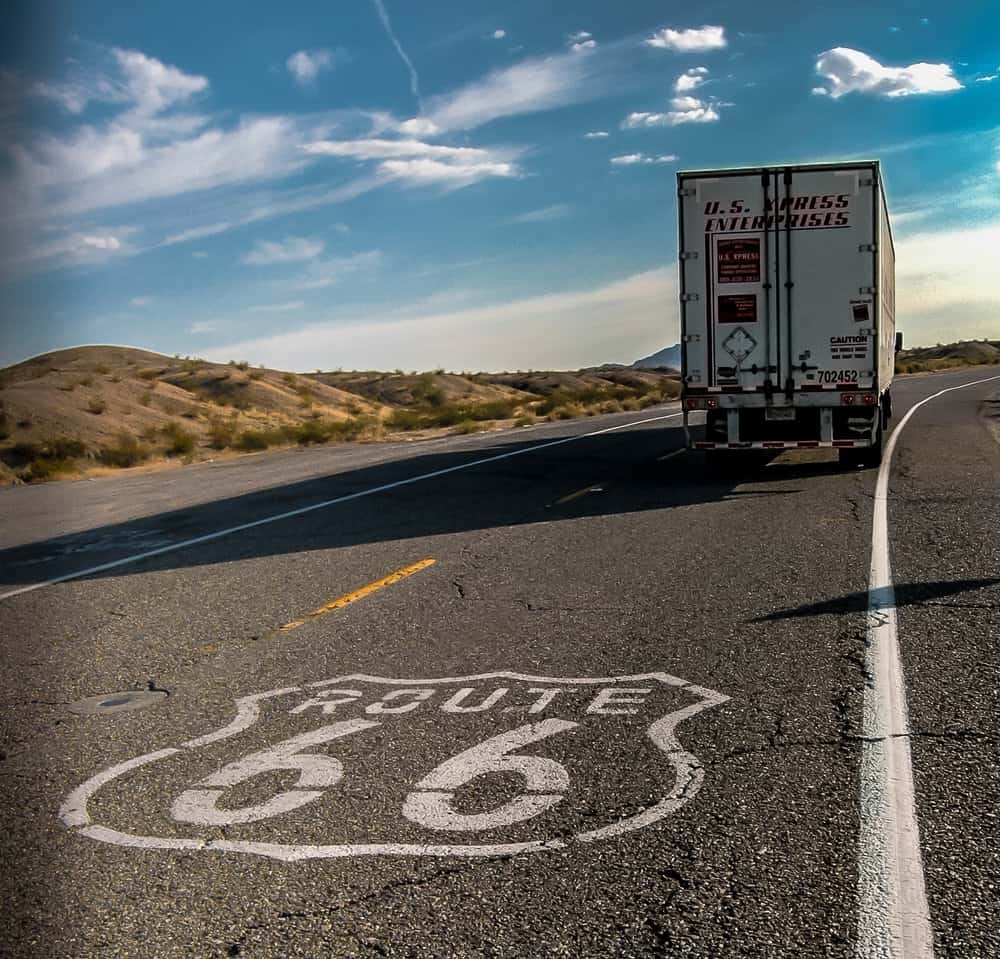
U.S. Xpress (NYSE: USX), in its second quarterly earnings as a public company, posted strong gains in income, revenue and operating ratio, but its performance was held back somewhat by lower utilization rates.
The company’s adjusted operating ratio posted a gain of 230 bps, dropping to 94.5% from 96.8% in the third quarter of 2017. For the nine months of 2018, the OR has improved to 94.6% from 98.2%.
In a conference call with investors, CEO Eric Fuller noted that the company’s “core metrics” include U.S. Xpress’ truck count, cost, operating ratio and utilization.
It was on utilization where U.S. Xpress had a downturn in the quarter in the Dedicated division, with the average revenue miles per tractor per week declining to 1,662 from 1,747 in the corresponding quarter of 2017. In the OTR division, that figure rose just 12, to 1,910 from 1,898.
Fuller said the OTR division was called upon frequently to provide drivers to the Dedicated division “which adversely impacted the division’s utilization.” But it was necessary to meet what Fuller said were “contractor commitments.”
Fuller added that the company thought the transfer of labor assets from OTR to Dedicated “was going to be over by the start of the third quarter. But it progressively increased and peaked during the quarter.”
But in the last six weeks, he said, it has been “reduced significantly due to increased traction in recruiting to fill dedicated openings.”
The number of tractors was essentially flat for the company, but the two divisions had enormous differences. OTR trucks, presumably because of the transfer of drivers into the Dedicated division, fell 254. The Dedicated division rose 250.
But Fuller said the driver market that had such a big impact on the company’s performance may have bottomed for now. He said U.S. Xpress has seen a “marked improvement” in hiring and retention, and the company’s truck count is at present “higher than at any point in the third quarter.”
But that was largely the only negative in an otherwise solid report. Besides the improvement in the OR, average revenue per tractor per week in the OTR division rose 12%, to $3,957 from $3,533, and the average revenue per mile was up 11.3%, to $2.072 from $1.861. In Dedicated, average revenue per mile was up 10.3%, to $2.281 from $2.068.
U.S. Xpress’ CFO Eric Peterson said reviewing the company’s performance the past few months, the cost of independent contractors and driver wages were all higher than expected. But rates outpaced the increase in costs, “and has been a net tailwind.”
The company’s revenue for the quarter rose almost 18%, to $460.2 million from $290.1 million. Operating income almost doubled, to $22.89 million from $11.53 million, and Fuller said higher than expected insurance costs–which he did not expect to recur–kept the bottom line in check. U.S. Xpress has installed event recorders in the fleet. “It’s already begun to show small improvements in the incident rate per million miles,” he said. But there has not yet been any impact on insurance costs.
Net income of $16.1 million was “the largest amount of net income in a quarter in the company’s history.”
Underlying the performance was the strong market and freight rates that Fuller said were up sequentially in the third quarter from the second quarter, “and continue to increase in the fourth quarter.” “The volumes and pricing for 2018 are representative of one of the strongest market environments I’ve seen in the last 15 years,” Fuller said.
Fuller, taking questions from analysts, addressed a growing concern in the market: the absence of strong signals that the traditional peak season is about to get underway. He expressed confidence it was coming.
“We look at the peak in the first and second week of November running through Christmas season,” Fuller said. “I don’t see anything that tells us anything differently this year.” Much of the peak season freight “already has been contractually agreed to and already confirmed months before, and so we are really just kind of waiting to see that business,” he added. The peak season is “in line and on schedule.”
Looking to pricing in 2019, Fuller said U.S. Xpress “still feels we are going to be in that 5-10% range,” noting that conversations with customers are supporting that view.
